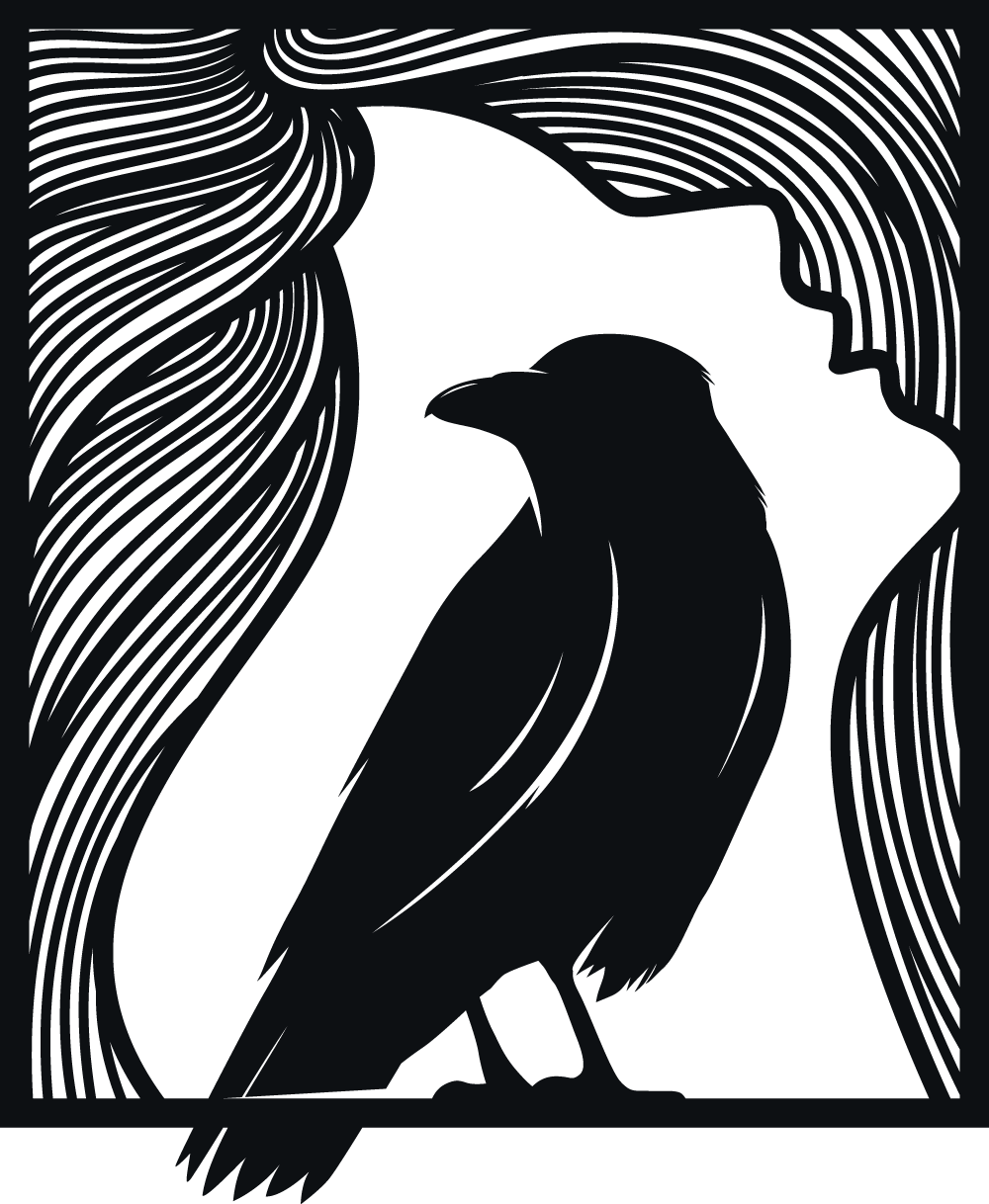
Ancient Period (Pre-500 CE)
Egyptian (c. 2000 BCE)
- Earliest documented cord magic
- Found in tomb hieroglyphs
- Used for protection spells
- Significance: First recorded systematic use of knot magic
Babylonian (c. 1800 BCE)
- Documented in cuneiform tablets
- Complex healing rituals with cords
- Specific knot patterns for different purposes
- Significance: Connected magic with medical practices
Greek (500-100 BCE)
- Mentioned in magical papyri
- Associated with Hecate worship
- Used in binding spells
- Significance: Influenced later European magical practices
Medieval Period (500-1500 CE)
Norse/Viking (800-1100 CE)
- Found in burial sites
- Used in seidr magic
- Incorporated horse hair and feathers
- Significance: Connected to fate-weaving practices
Celtic/British (500-1200 CE)
- Handfasting traditions begin
- Ritual cords in marriage ceremonies
- Found in bog deposits
- Significance: Origin of "tying the knot" phrase
Anglo-Saxon Britain (600-800 CE)
- Burial site findings
- Healing cords with amulets
- East Anglian concentrations
- Significance: Blended Christian and pagan practices
Early Modern Period (1500-1800)
- Most Famous Find: Wellington Somerset (1878)
- Location: Wellington, Somerset, UK
- Description: 6-foot cord with 40 feathers
- Found in: Roof thatching
- Significance: Best-preserved example, currently in Pitt Rivers Museum
- Impact: Sparked academic interest in folk magic practices
Other Significant Finds
Suffolk House (1910)
- Black feather knots
- Found in chimney
- Dated to 1850s
- Significance: Weather magic connections
Norfolk Discovery (1923)
- Multiple cord bundles
- Human hair inclusions
- Early 1800s dating
- Significance: Shows variety of materials used
Modern Discoveries (1950-Present)
Yorkshire House (1967)
- Red and black feathers
- Multiple magical items together
- Dated to 1780s
- Significance: Shows continuation of practices
Brighton House (2009)
- Similar to Somerset ladder
- Excellent preservation
- 1790s dating
- Significance: Urban magical practices
Scottish Find (2014)
- Multiple cords
- Local witch connections
- 1850s dating
- Significance: Regional variation documentation
Cultural Significance By Region
British Isles
- Most documented finds
- Strong folklore connections
- Continuous tradition through present
- Royal wedding incorporation
Scandinavia
- Focus on fate and binding
- Strong maritime connections
- Weather magic emphasis
Mediterranean
- Evil eye protection
- Marriage customs
- Healing practices
Eastern Europe
- House protection
- Fertility magic
- Agricultural connections
Notable Features Across Cultures
- Common Materials
- Natural fibers
- Bird feathers
- Human/horse hair
- Colored threads
Common Purposes
- Protection
- Weather control
- Healing
- Binding/unbinding
- Love/marriage
- Curse work
Common Locations
- Roof spaces
- Chimneys
- Wall cavities
- Door frames
- Burial sites
Modern Impact
- Academic Study
- Folklore research
- Archaeological documentation
- Cultural anthropology
- Religious studies
Contemporary Practice
- Wiccan/Pagan magic / ceremony
- Wedding ceremonies
- Modern spell work
- Cultural preservation
Museum Collections
- Pitt Rivers Museum (Oxford)
- Museum of Witchcraft (Cornwall)
- Various local museums
- University collections

